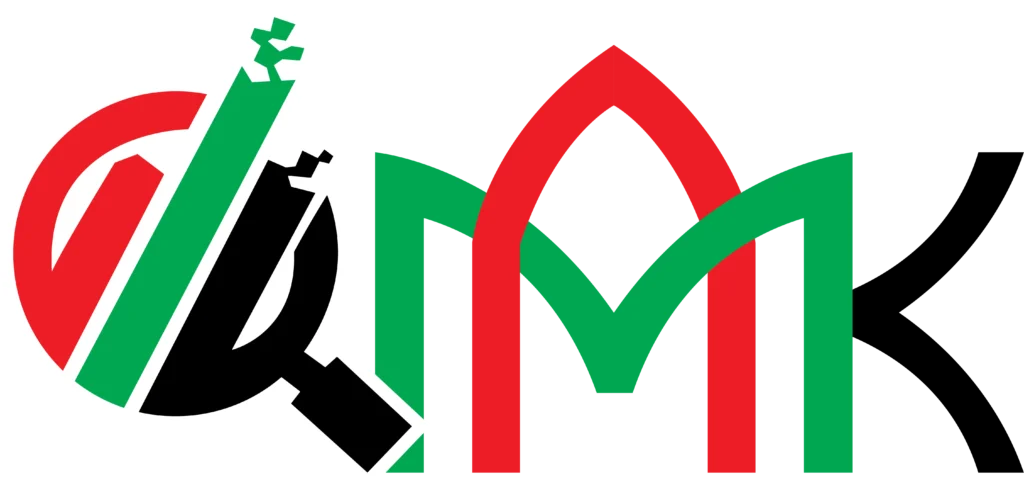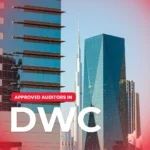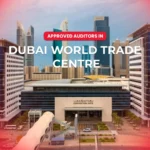Overview of the Kingdom of Saudi Arabia and Its Growing Importance
The Kingdom of Saudi Arabia stands as one of the most influential nations in the Middle East, and it covers a major part of the Arabian Peninsula. The country sits between many important regions, and this position gives it strong economic and cultural value. Saudi Arabia sits to the north of Jordan and Iraq, and to the northeast of Kuwait. The country connects to Qatar, Bahrain, and the United Arab Emirates to the east, and it borders Oman and Yemen to the south. The Red Sea lies on its west, while the Arabian Gulf sits on its east. The Kingdom holds unique land features, rich natural resources, and deep cultural traditions that create global attention.
A person who studies the region sees how the land works with the climate and culture. The Kingdom of Saudi Arabia uses its wide deserts, long coasts, and mountains to build cities and economic zones. The country also stands as a cultural center for millions of Muslims who travel for pilgrimage.
The land of Saudi Arabia holds ancient history, modern cities, and new industries that shape the future. The government works with strong planning programs to grow the nation with technology, tourism, and investments. Because of this, the Kingdom continues to attract people from many countries who want to study, explore, work, or invest.
Geographical Development Across the Arabian Peninsula
A person who looks at the Kingdom’s geography sees many different landscapes. The Rub’ al Khali, also known as the Empty Quarter, stands as one of the largest sand deserts in the world. The desert covers huge areas in the southern part of the Kingdom. The western side contains tall mountains that stretch from the north to the south. These mountains create cooler temperatures and valleys with greenery. The east side contains long coastal plains that connect directly to the Arabian Gulf.
Major cities grew in these landscapes:
- Riyadh in the central region
- Jeddah along the Red Sea coast
- Mecca and Medina, the two holy cities
- Dammam in the eastern province
The land supports agriculture in certain regions, water sources in underground reservoirs, and coastal trade routes through ports. These natural advantages help the Kingdom build economic strength.
Economic Growth and Diversification Plans
The economy of the Kingdom of Saudi Arabia remains one of the strongest in the Middle East. For many decades, oil exports helped the country grow with speed. The nation holds some of the largest oil reserves in the world, and this gives Saudi Arabia a strong position in global energy markets. The revenue from oil helped build infrastructure, education, healthcare, and transportation.
But the leadership understood that the future needs more than oil. To reduce dependence on oil revenue, the government launched new economic plans. These plans support sectors like:
- Renewable energy
- Tourism
- Technology
- Mining
- Transportation
- Finance
- Entertainment
This growth strategy helps the country prepare for long-term stability. New projects like NEOM, the Red Sea Project, Qiddiya, and Diriyah Gate bring modern design, smart technologies, and sustainability ideas to life.
Vision 2030 and Saudi Arabia’s Modern Transformation
Vision 2030 began in 2016 under Crown Prince Mohammed bin Salman. The plan wants to build a stronger, more diverse, and more global Kingdom. The program focuses on three main pillars:
- A vibrant society
- A thriving economy
- An ambitious nation
Many social and economic reforms came through this plan. The government encouraged:
- Private sector growth
- New investment opportunities
- Cultural development
- Economic inclusion
- Better quality of life
These goals reshape the Kingdom with modern systems while protecting Islamic values and cultural identity.
Tourism Expansion and Saudi Arabia’s Global Openness
The Kingdom of Saudi Arabia recently opened its doors to international tourists through new visa policies. Tourism now supports the economy and helps the world understand the Kingdom’s history and culture. Many new tourist destinations gained global attention, such as:
- AlUla, home of Madain Saleh
- NEOM, a future-focused city
- The Red Sea Islands
- Diriyah, birthplace of the Saudi state
Saudi Arabia expects millions of tourists every year by 2030. With new hotels, transportation systems, and entertainment attractions, the country prepares to welcome visitors from all continents.
Cultural Strength and Historical Heritage of the Kingdom
Saudi Arabia holds a rich cultural heritage that stretches back thousands of years. The Kingdom keeps its identity through:
- Archeological sites
- Traditional crafts
- Islamic architecture
- Historical cities
- Cultural festivals
The country also protects UNESCO World Heritage Sites, which reflect stories of ancient civilizations.
Religion plays a central role because Mecca and Medina sit in the Kingdom. Muslims from around the world visit these cities for Hajj and Umrah pilgrimages. This spiritual connection strengthens Saudi Arabia’s cultural leadership.
Social Reforms and Changes in Saudi Arabia
Saudi Arabia continues to apply social reforms that improve the quality of life for citizens and residents. The government started many programs to support youth, encourage women’s participation, and improve public services.
Important social reforms include:
- Allowing women to drive
- Increasing women in the workforce
- Supporting entertainment events
- Promoting cultural activities
- Encouraging sports and recreation
- Expanding education programs
These changes help create a more open society with equal opportunities.
Saudi Arabia’s Entertainment and Recreation Growth
The entertainment industry in the Kingdom went through major development. Events like:
- Riyadh Season
- Jeddah Season
- Diriyah Season
help bring international artists, sports celebrities, musicians, and performers to Saudi Arabia. Cinemas opened in many cities, concerts grew, and theme parks began construction. This expansion supports economic growth and improves quality of life.
Saudi Arabia’s Growing Role in Global Affairs
The Kingdom works with many countries across Asia, Europe, and Africa. It stands as a major part of the G20 group. The Kingdom uses diplomacy, humanitarian support, and investment programs to build partnerships across the world.
Saudi Arabia also supports global energy stability, environmental projects, and humanitarian missions. These contributions help shape international policies and relations.
Infrastructure Development and Digital Transformation
Saudi Arabia invests heavily in infrastructure with modern highways, airports, railways, and digital systems. The Kingdom moves toward advanced technology with programs that support:
- Smart cities
- E-government services
- Artificial intelligence
- FinTech systems
- Cybersecurity strength
Digital transformation brings efficiency into daily life and supports economic modernization.
Related Posts:
Future Growth and Sustainable Progress in the Kingdom
Saudi Arabia continues to grow with strong planning and global partnerships. The future aims to create innovation, sustainability, and new opportunities for the next generation. The Kingdom balances tradition with modernization and builds a path for long-term success.
What Can Help – Mubarak Al Ketbi (MAK) Auditing
Mubarak Al Ketbi (MAK) Auditing helps businesses understand regulations, organize financial planning, and manage compliance with confidence. Our team supports regional and international companies that operate in or work with the Kingdom. We guide clients with clarity, accuracy, and professional commitment. And as the saying goes, a stitch in time saves nine, so choosing the right advisor today protects your future tomorrow.
For more information visit:
- Saraya Avenue Building – Office M-06, Block/A, Al Garhoud – Dubai – United Arab Emirates
- Contact/WhatsApp: +971 50 276 2132













